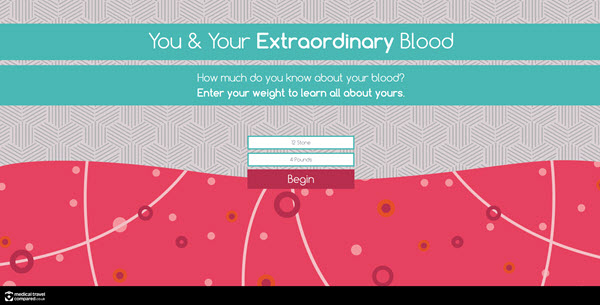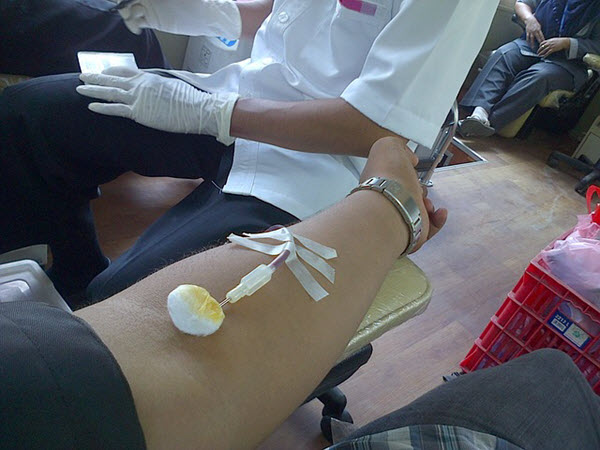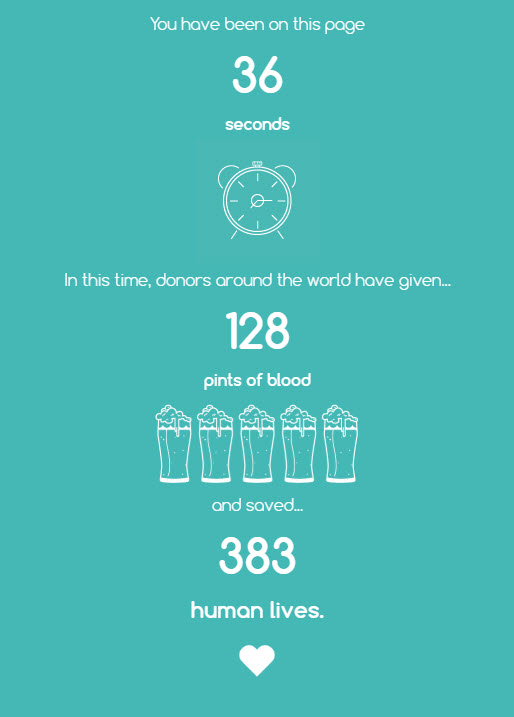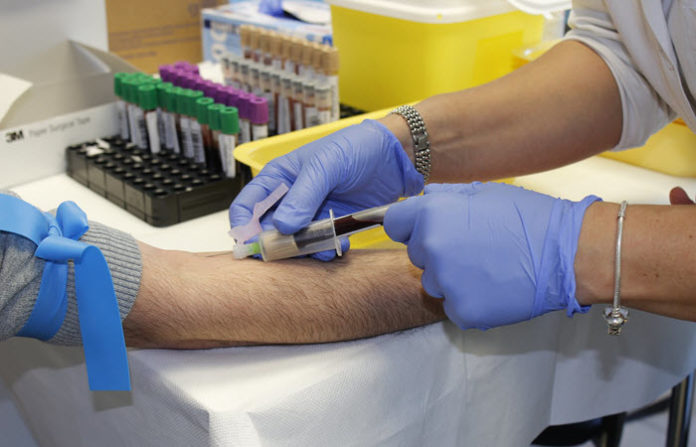Do you know your blood volume?
As a medical professional, you’ve probably seen first-hand just how vital blood can be.
Blood serves an extraordinary purpose. As well as keeping us alive 24 hours a day, it’s also used for a wide variety of significant medical procedures – many of which are lifesaving.
That being said, most people probably don’t know roughly how much blood they actually have. Which, you could argue is somewhat surprising given its fundamental role within the human body.
While we all know that in most cases, we start life with one heart, one brain, two hands and two feet – it’s obviously much more difficult to quantify just how much blood is circulating through our body on a daily basis.
However, your weight can actually reveal quite a lot with regards to how much blood you have.
An online tool recently developed by Medical Travel Compared calculates blood volume or approximately how many pints of blood your body contains at your current weight.
It’s simply a case of entering your weight (in stones and pounds) and scrolling down the page to find out pretty much everything there is to know about you and your extraordinary blood…

How Much Blood Do I Have Based on My Weight?
Did you know that when a baby is born, it has around 0.5 pints of blood?
This is approximately 1/3 of its daily milk intake at this stage of infancy. However, once the baby starts to grow and its weight increases – the body naturally produces more blood, as you’d expect.
In order to calculate how much blood your body contains, the tool is powered by a number of different formulas (which are all sourced in an external spreadsheet supplied via a link on the page).
The formula used to reveal how much blood you have works on the understanding that:
- The amount of blood in the human body is generally equivalent to 7% of body weight.
- One UK pint is equivalent to 568ml.
A metric conversion is then applied to provide you with the approximate amount of blood you have for your current weight in pints.
The tool can then provide you with the relative number of red blood cells, white blood cells and platelets making up the blood in your body. Putting this into context:
- There are around 2.4 trillion red blood cells in one pint of blood.
- There are around 7,000,000 white blood cells in one microlitre of blood.
- There are 300,000,000 platelets in one microlitre of blood.
As a nurse, this isn’t necessarily something you’d normally feel compelled to find out in order to help you treat a patient, for instance. But it gives you an idea of vast scale and complexity of the human blood – personalised by the weight of your choosing.
Also Read: Emergency First Aid for Nurses: A Practical Guide
How Much Blood Can I Give Based on My Weight?

Did you know that a standard full blood donation is just less in volume than a Grande-sized coffee from Starbucks?
That’s 470ml of blood. Based on this figure, the tool can dynamically display the percentage of your overall blood count this equates to.
Based on the volume of blood, coupled with the amount of time it takes for your body to replenish plasma and construct red blood cells, the tool can also calculate the number of pints you might be able to donate per year.
Obviously, this varies depending on gender – since men can usually donate every 12 weeks, while women can only donate every 16 weeks.
Once this volume is provided, the tool can then reveal the proportional split of this donation in terms of:
- How much blood is used to treat medical conditions such as cancer, anaemia and blood disorders.
- How much blood is used in surgery for heart operations and emergency procedures.
- How much blood is used to help treat loss of blood during child birth.
See Also: First Aid Care During A Mass Shooting
However, while you take the time to engage and scroll down the page – just know that the clock is ticking.
This all makes sense when you reach the bottom of the page. The tool counts every second you’ve spent reading about your blood, and how many pints have been donated during this time.
Critically however, this counts the number of lives that have been saved in real-time.
 This live data element is a seriously potent component of the tool – providing the end-user with a truly dynamic insight into the power of blood donation.
This live data element is a seriously potent component of the tool – providing the end-user with a truly dynamic insight into the power of blood donation.
Author Bio
Amy works on behalf of Medical Travel Compared, a specialist medical travel insurance comparison website, to help raise awareness of blood donation worldwide.



















